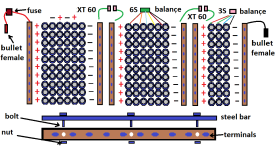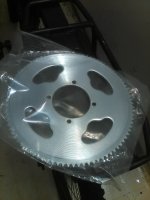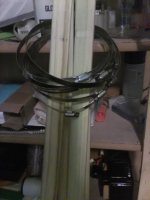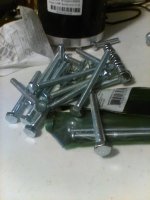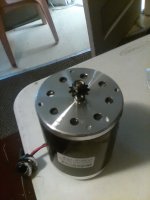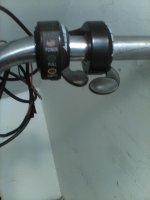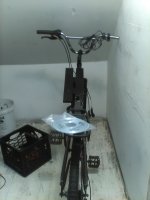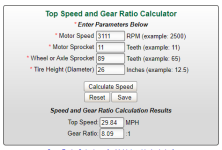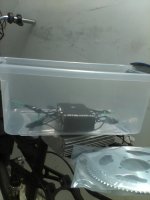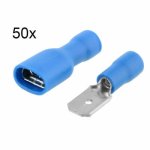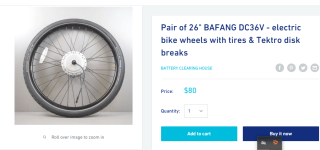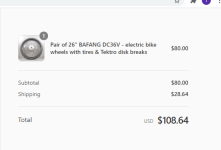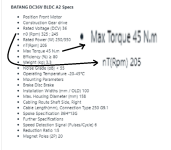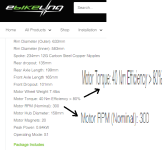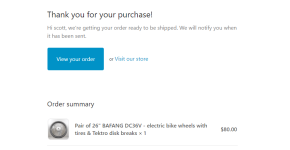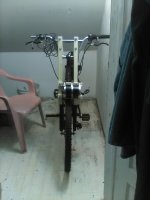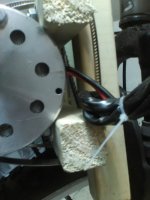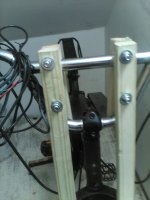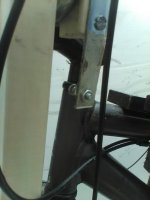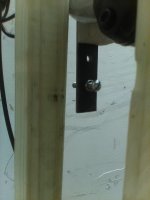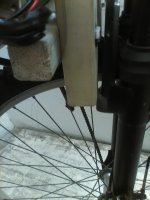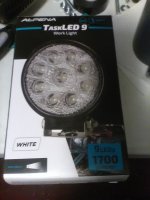DrkAngel
1 GW
.
... 250 pages of ...
Ebikeling motor was likely accelerating when you saw 700w, possibly 350-400w motor output at slower less efficient speed, but settled into a more efficient 500w motor output when you attained cruising speed and saw "600w".
... 250 pages of ...
DrkAngel said:Run with the watt meter in line to see exactly how many watts you use.
Motors rated watts-amps are at near top speed, when geared optimally.
Motors can use much more than their rated watts-amps at lower, less efficient, speeds.
"1600w" motor has potential to be true 1600w.
Brush motors can be as high as 80% efficient,
Brushless motors can be as high as 90% efficient,
but seldom that efficient at "rated"!
So I mathed at the highest possible watt output, not what they are actually capable of!
Meter shows battery input watts not motor output watts!latecurtis said:I still have the power meter and is not hooked up.
I have the extra bullets to make it happen.
I am expecting the 1,800W 26 amp ? brushless motor to put out at least 1,200W @ 40V on the meter.
The reason for this is because the last time I looked at the meter was when it was hooked up to the 500W 26" rear e bikeling motor.
It was a 20 mph motor with no where even close to the acceleration as the 1,800W rated brushless motor but saw between 600 and 700W on the meter. My guess is about 1,200W easily with the same 40V input. I base my guess on seat of the pants G force acceleration. Not any formula or specs. on a computer screen or wattage or amp sticker on the motor.
LC. out.
Ebikeling motor was likely accelerating when you saw 700w, possibly 350-400w motor output at slower less efficient speed, but settled into a more efficient 500w motor output when you attained cruising speed and saw "600w".


